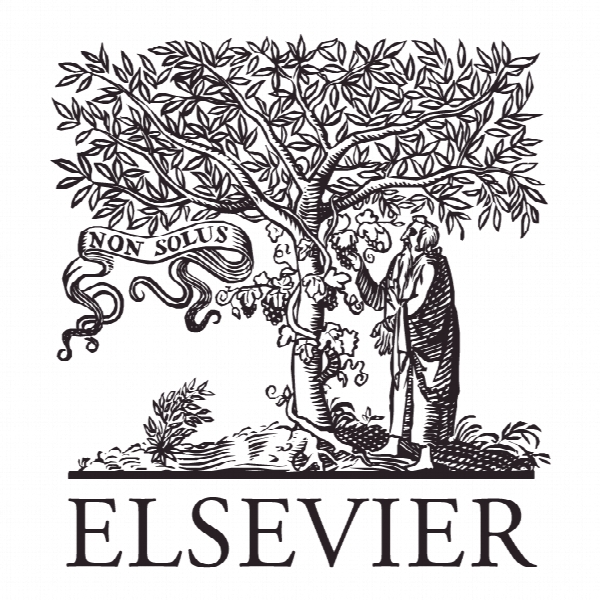ارزیابی پارامترهای موتور القایی سه فاز با استفاده از تکامل تفاضلی Parameters estimation of three-phase induction motors using differential evolution
- نوع فایل : کتاب
- زبان : انگلیسی
- ناشر : Elsevier
- چاپ و سال / کشور: 2018
توضیحات
رشته های مرتبط مهندسی برق
گرایش های مرتبط مهندسی الکترونیک، سیستم های قدرت، الکترونیک قدرت و ماشینهای الکتریکی
مجله تحقیقات سیستم های توان الکتریکی – Electric Power Systems Research
دانشگاه Federal University of Technology – Brazil
منتشر شده در نشریه الزویر
کلمات کلیدی موتور القایی، تکامل تفاضلی، برآورد پارامترها
گرایش های مرتبط مهندسی الکترونیک، سیستم های قدرت، الکترونیک قدرت و ماشینهای الکتریکی
مجله تحقیقات سیستم های توان الکتریکی – Electric Power Systems Research
دانشگاه Federal University of Technology – Brazil
منتشر شده در نشریه الزویر
کلمات کلیدی موتور القایی، تکامل تفاضلی، برآورد پارامترها
Description
1. Introduction Three-phase induction motors (TIM) are widely used in the industrial sector, mainly for the operation of pumps, compressors and fans, representing 68% of the Brazilian industrial energy consumption, which corresponds to 35% of the total consumed electrical energy [1]. In general, such motors operate under approximately 60% of their nominal load, consequently working with reduced efficiency, which results in energy waste [2,3]. The efficiency graph of a TIM, for the nominal frequency, can be found in its datasheet. However, these motors are often driven by frequency inverters, resulting in operating frequencies different from their nominal values. One way of analyzing TIM efficiency, and consequently of defining which operating region is more appropriate for a given situation, is to perform calculations that depend on the electrical and mechanical parameters of the motor, since such parameters, when applied to a mathematical model, may represent the operating dynamics of the TIM [4]. However, in several situations the parameters may not be informed by the manufacturer, or external and internal influences, such as electrical and mechanical wear or heating [5], may modify the values of the parameters. In addition to problems related to energetic efficiency, a proper estimation of the TIM parameters may influence the AC drives performance, since the values of the motor parameters are fundamental for controller tuning [6–8], especially the mechanical parameters, which are related to the dynamic response during the transient [9]. Even fault diagnosis methods can be accomplished by monitoring the parameters of a TIM [10]. In this context, the development of techniques for the estimation of the electrical and mechanical parameters of TIM has become an important topic of recent researches. The data for the symmetric equivalent electrical circuit are typically obtained through blocked and no-load rotor experiments, as stated in the IEEE norm [11], where the machine operates under steady state. Although such method is simple and commonly used, its approximation may not be precise. Additionally, the mechan ical parameters are not estimated in this approach. In this sense, computational methods rise as attractive alternatives, due to their capability of yielding more precise estimations of both electrical and mechanical parameters.


